History
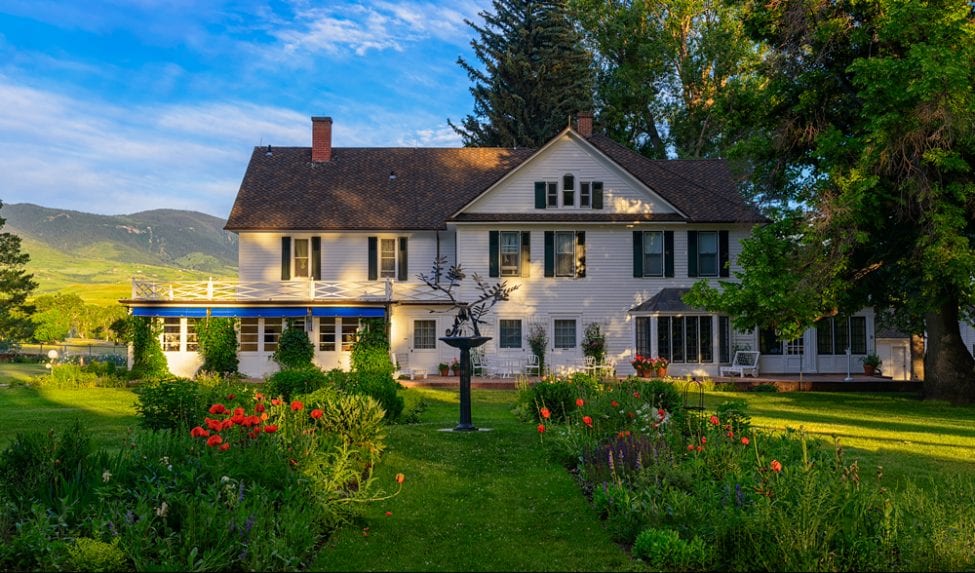
The Brinton Museum
was established as an institution dedicated to Native American art & culture, as well as to American fine and decorative art.
We are committed to preserve and share The Brinton Museum’s collections of fine art and American Indian art and artifacts with visitors from the United States and around the world while maintaining the historic Quarter Circle A Ranch as a genuine treasure of the American West.
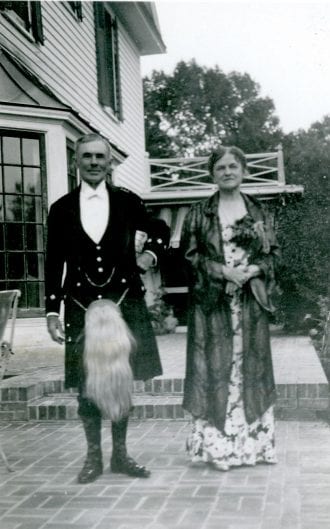
A Quick Historical Overview:
The property where The Brinton Museum is located was homesteaded by the Clark family in 1880. Here, they lived in a dugout and then, like most settlers, built a wooden house on top of the dugout. Within a decade, they sold the property to the Becker family, who then sold the property to William Moncreiffe. The Moncreiffes established the Quarter Circle A Ranch and built the Ranch House in 1892. Of Scots descent, William and his brother Malcolm Moncreiffe sold some 20,000 horses to the British Cavalry during the Boer War.
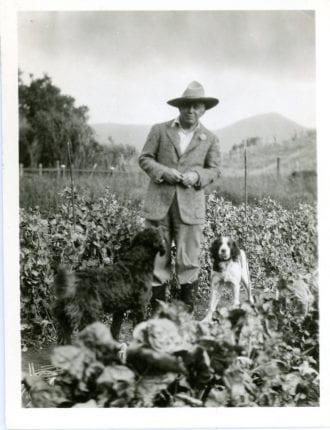
In 1923, the Moncreiffes sold the 640-acre Quarter Circle A Ranch headquarters to Bradford Brinton. Mr. Brinton was born in Illinois in 1880 and graduated from the Sheffield School of Engineering at Yale University in 1904. He went to work for the family company, Grand Detour Plow Company, which was later acquired by the J.I. Case Threshing Machine Company. Bradford Brinton retired from J.I. Case in 1926.
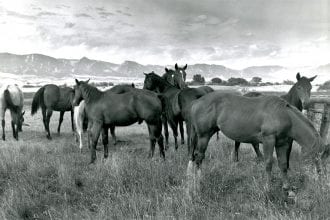
Bradford Brinton used the Ranch House at the Quarter Circle A as a vacation home, spending several months each year in Big Horn. He also kept an apartment in New York City and maintained a home in Santa Barbara, California.
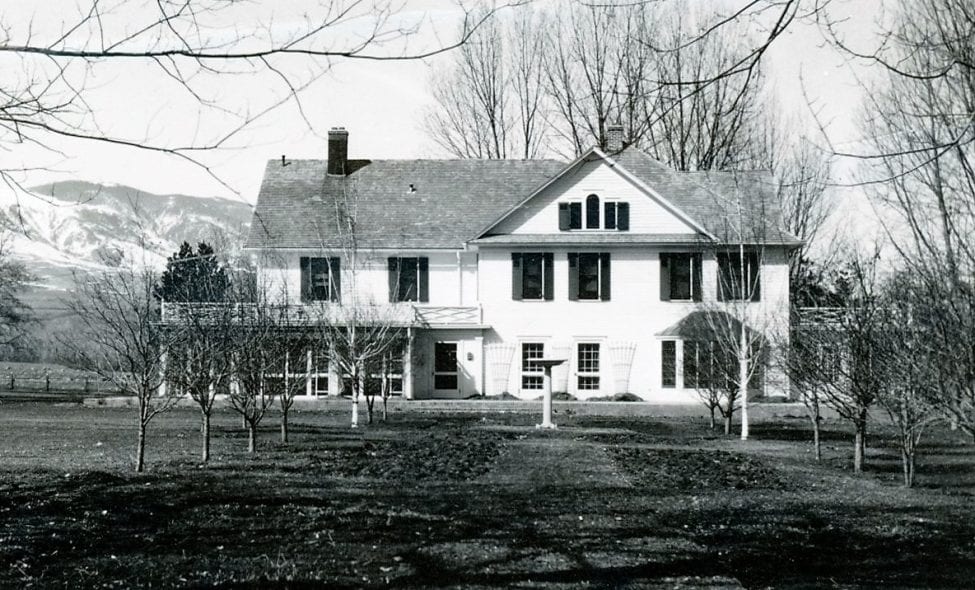
Extensive renovations were made to the Ranch House during 1927 and 1928. The upstairs was remodeled, a wing was added on the west end to house a master bedroom, bath and dressing room, and the existing wrap-around porch was removed and the sun porches and bay windows added. During the same period, the Little Goose Creek Lodge and the horse barn were also built.
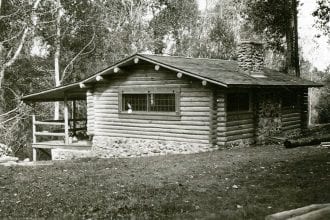
An avid collector of fine art, American Indian artifacts, firearms, and books, Bradford Brinton filled his home with fine and beautiful items. He was personal friends with many artists, such as Ed Borein, Hans Kleiber and Bill Gollings, whose art decorated the Ranch House. He also collected works by Frederic Remington, Charles M. Russell, and John J. Audubon.
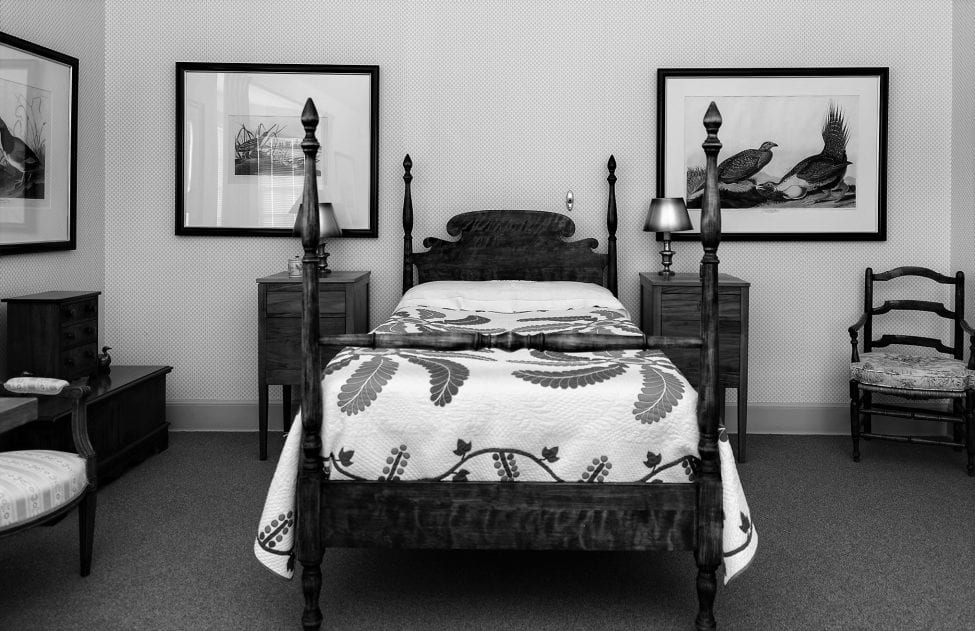
Bradford Brinton was married for ten years, however the marriage ended in a divorce and his wife moved to Santa Barbara, California. His twin daughters, Patricia and Barbara, were born in 1926 and visited their father several summers at the Quarter Circle A Ranch.
In 1936, Bradford Brinton died from complications after surgery. His will left the Quarter Circle A Ranch property to his sister, Helen Brinton.
Helen Brinton summered on the ranch in Big Horn and spent winters at her ranch near Phoenix, Arizona. She died in 1960. In her will, Helen Brinton specified that the Quarter Circle A Ranch be kept as a memorial to her brother, Bradford, and established a trust for that purpose. Helen wished that the public should enjoy Bradford’s magnificent collection of art and that the ranch land be kept in a natural state to provide sanctuary for birds and other wildlife.
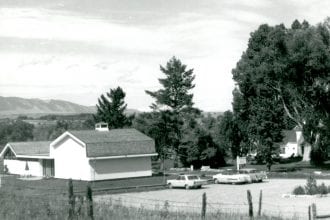
The original gallery building was constructed in 1965-66 to better display some of the Brinton art (torn down in 2016).
The Museum Today:
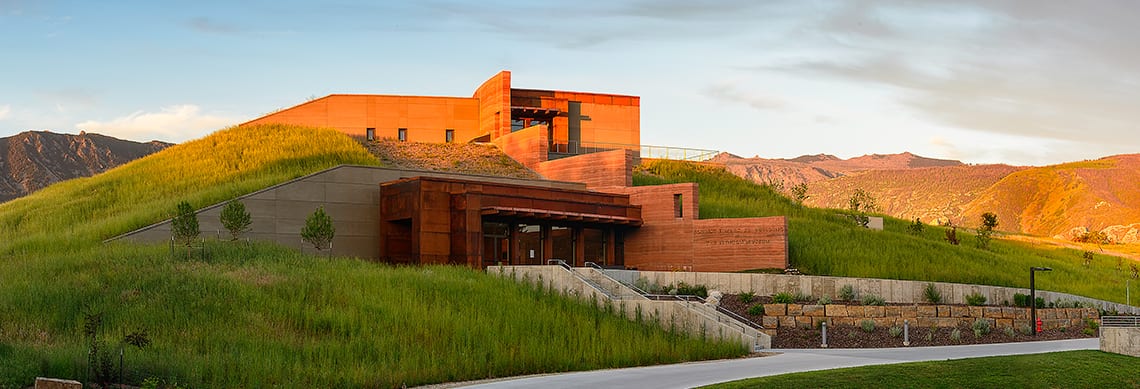 In 2015, the Forrest E. Mars, Jr. Building opened, which provided increased exhibit space and a modern storage facility. In addition to the Brinton collection, the Forrest E. Mars, Jr. Building also houses the Gallatin Collection of Plains Indian Art and Artifacts, and numerous pieces of fine art, photographs, and sculpture, including works by Thomas Moran, Karl Bodmer, John Mix Stanley, and Thomas Worthington Whittredge.
In 2015, the Forrest E. Mars, Jr. Building opened, which provided increased exhibit space and a modern storage facility. In addition to the Brinton collection, the Forrest E. Mars, Jr. Building also houses the Gallatin Collection of Plains Indian Art and Artifacts, and numerous pieces of fine art, photographs, and sculpture, including works by Thomas Moran, Karl Bodmer, John Mix Stanley, and Thomas Worthington Whittredge.
 Bradford and Helen Brinton left an enduring legacy of the golden era of an early 20th century gentleman’s working ranch. The Wild West had been tamed, the vast rangelands fenced, and motorized vehicles were replacing horses. Americans were clinging to the images of hardy cowboys, noble Indians, and untamed land filled with birds and wild beasts. Bradford and Helen Brinton have helped preserve the feeling of the West at that time for all of us to enjoy today.
Bradford and Helen Brinton left an enduring legacy of the golden era of an early 20th century gentleman’s working ranch. The Wild West had been tamed, the vast rangelands fenced, and motorized vehicles were replacing horses. Americans were clinging to the images of hardy cowboys, noble Indians, and untamed land filled with birds and wild beasts. Bradford and Helen Brinton have helped preserve the feeling of the West at that time for all of us to enjoy today.
